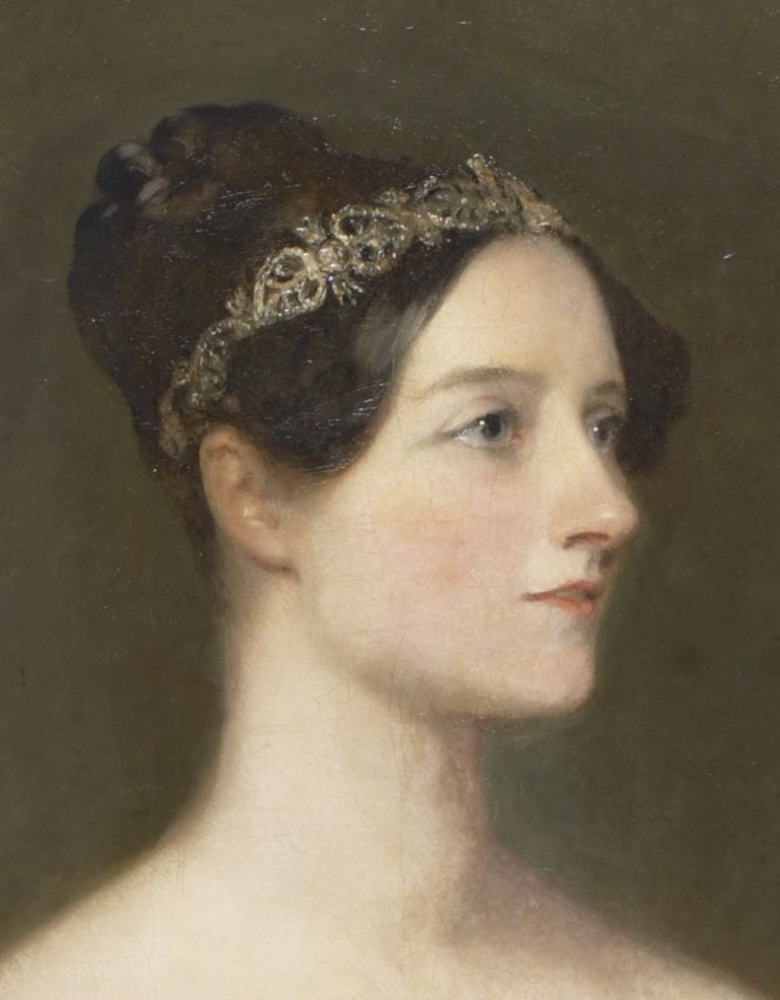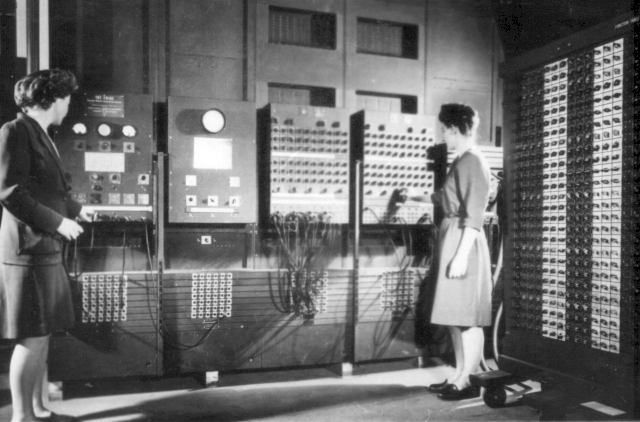By Ed McLaughlin and Wyn Lydecker
Why are men out-pacing women for tech jobs, and what is the root of this unbalance?
Female Tech Skills in Short Supply
Wendy Kaufman’s article, “Addressing The Shortage Of Women In Silicon Valley,” points out that although Google leads the industry for the highest employment of women in technology, they still can only boast of a tech staff that comprises of 17% women.
Kaufman’s article also quotes Mark Bregman, senior executive at Neustar, who says there’s an acute shortage of computing talent. “One of the things that’s a barrier to our ability to grow (in the industry) is our ability to hire the best talent. If we could get more women to go into computer science, we would have more talent to hire from.”
Historic Reality Contrasts With Current Day
Women as the underdog gender in technology is ironic because the roots of computer programming lead back to a woman, Ada Lovelace (1815-1852). Her contribution is noted by Walter Isaacson in his new book, “The Innovators: How a Group of Hackers, Geniuses, and Geeks Created the Digital Revolution.” Lovelace wrote the first-ever algorithm that was intended to be carried out by a machine for Charles Babbage’s Analytical Engine, the first general purpose computer.
In Nick Bilton’s New York Times article, “The Women Tech Forgot,” he tells how Isaacson’s new book uncovers pivotal contributions by other unsung female programmers and quotes him “Ada Lovelace defined the digital age. Yet she, along with all these other women was ignored or forgotten.”
When Wyn and her husband took their children to a reunion at the Wharton School of the University of Pennsylvania, they visited an exhibit on the history of computing. “We had a tour in the Moore School of Electrical Engineering that taught us all about the first computer. We saw a huge photograph of ENIAC’s programmers with the giant machine. They were women. Those women were some of the invisible people who have enabled computing to become such an important force in all our lives,” said Wyn. “I loved that my kids could see that.” Isaacson has also written about ENIAC in his book.
Programmers Betty Jean Jennings (left) and Fran Bilas (right) operate ENIAC’s main control panel at the Moore School of Electrical Engineering Circa 1946
Moving Forward
Maria Klawe, president of Harvey Mudd College, a Southern California college that prides itself on being one of the premiere U.S. colleges for engineering, science, and mathematics, is committed to changing the tide for women in technology. Wendy Kaufman calls Maria’s efforts a “stunning success.” In her article, “How One College Is Closing The Computer Science Gender Gap,” she notes:
-
The college offers introductory classes that draw and intrigue women instead of making them feel bettered by men who were stereotypically encouraged to spend more time in front of a computer from a very young age.
-
Incoming freshman attend a huge conference specifically for women in technology. This purposely runs counter to the societal evolution of the idea that women should be steered outside of the serious technology jobs
-
Research opportunities and course work allows real life problem solving for major companies
-
Female teachers provide role models not often found elsewhere.
One male student, Luke Mastalli-Kelly, said there is an advantage in the more even mix of genders. “Women and men work through problems in very different ways. Men will oftentimes just try to pound through a problem, and then one of the women will say, Wait, hold on, how about if I ask this question?”
Mark Bergman would agree that both genders contribute valuable and different viewpoints. He says that empirical and anecdotal evidence show that when both genders share different mindsets, teams produce more interesting products and solutions.
Kaufman’s Silicon Valley article also applauds Facebook, which has made itself a friendly place to work for both male and female alike. They provide four months parental leave for both genders, nursing rooms for new mothers and parking spaces for pregnant moms.
With efforts like these, an interest in technology can be seeded equally in both genders and techno-savvy places can become friendly places for both men and women to thrive.
Download the “The Ten Commandments of Startup Profit!” here.
Ed McLaughlin is currently co-writing the book “The Purpose Is Profit: Secrets of a Successful Entrepreneur from Startup to Exit” with Wyn Lydecker and Paul McLaughlin.
Copyright © 2014 by Ed McLaughlin All rights reserved.







Leave A Comment